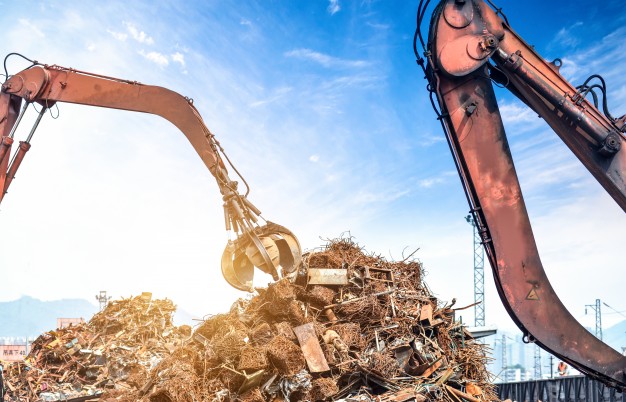Essential Tools and Machines in the Recycling Industry
3 Mins Read
Published on: 18 February 2021
Last Updated on: 13 November 2024

toc impalement
Recycling is incredibly important. There is a crisis of accumulation worldwide. Litter is damaging our environment and whittling away at the biodiversity of life on earth. It is no surprise then, that the recycling industry is a large and flourishing sector.
In 2018, roughly 94 million tons of municipal waste were recycled in the United States. This number needs to increase if climate change and the destruction of the environment are to be bought under control.
Specialist tooling and machinery have been developed for use in the recycling industry. Across the world, machines like these are processing billions of tons of recycled waste every single year. Here are some of the core tools and machines that are used in recycling plants. Innovative new recycling methods are being developed all the time, and new machines are being invented or adapted alongside these methods.
Sorting Machines:
No matter how much local waste authorities stress the importance of separating recycling out, it is understandably never going to be possible to ensure totally homogenous loads of recycling are being delivered to the plant. Sorting machines are one of the first devices that recycling is fed into. In most cases, they use a series of wheels to separate items by material and weight. These machines are by no means foolproof and need to be backed up by human pickers who pick unwanted items from conveyors just after they are ejected from the sorting machines. Sorting is crucial, as tainted loads will produce inferior recycled materials that can’t be reused.
Granulators and Shredders:
In order to be effectively recycled, many materials need to be melted down and transported for reprocessing. This is far more practical if the materials are in thin ribbons or granules that can be treated as if they were raw material. This transformation from recycled objects to raw material is achieved with the help of granulators and shredders, which obliterate the form of the recycled objects using circular cutting and crushing blades and wheels.
Conveyor Belts:
Invented in the 19th Century and made famous by Henry Ford in 1913 with the opening of the Model T production plant, conveyor belts are essential to any large recycling operation. Large recycling plants are often crisscrossed with intersecting conveyor systems, delivering recycling to various machines. Conveyors are far more efficient and safe than vehicular transport. They can be operated 24 hours a day and do not need to be stopped for loading or unloading as railcars and trucks do.
High-Speed Balers:
Baling is the process that transforms loose recycled materials into neat cubes that can be easily stacked and transported. If you have ever seen a car being crushed into a cube at the dump, you’ll have seen a high-speed baling machine in action. In recycling plants, there are likely to be plenty of loose scraps. For this reason, high carbon alloy baling wire is incorporated into the bailing process.
This wire loops around the compressed bale of recycled material and keep it together.
Read Also:


















Comments Are Closed For This Article